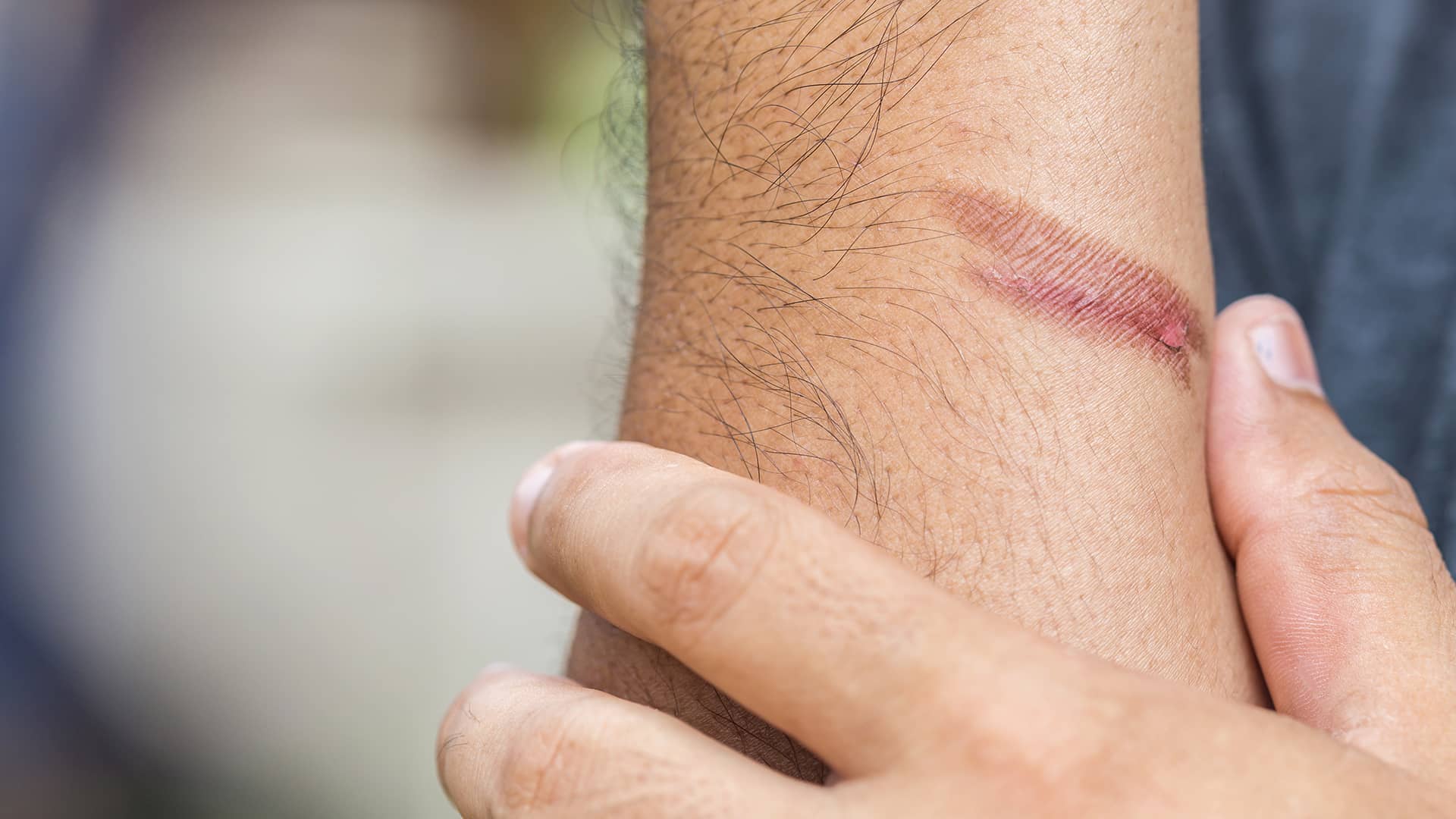Best Treatment for Superficial Burns in Antigua

Superficial Burns
With superficial burns, the skin will typically be red (erythema), swollen, dry, itchy, and sensitive to the touch. Blanching of the skin will occur when it is lightly pressed. These burns do not form blisters. Superficial, or first-degree burns only affect the epidermis (the outermost layer of skin), and typically the epidermis remains intact. This is important in that the epidermis helps regulate temperature and protects the body from infection.
The most common types of burns are:
Thermal: Caused by fire, hot objects, steam or hot liquids (scalding).
Electrical: Caused by contact with electrical sources
Radiation: Caused by prolonged exposure to sources of UV radiation such as sunlight (sunburn), tanning booths, or sunlamps or by X-rays, radiation therapy or radioactive fallout.
Chemical: Caused by contact with highly acidic or basic substances.
Friction: Caused by friction between the skin and hard surfaces, such as roads, carpets or floors.
Respiratory: Damage to the airways caused by inhaling smoke, steam, extremely hot air, or toxic fumes.
Treatments & Interventions for Superficial Burns:
The three major goals for treating any burn are to prevent shock, relieve pain and discomfort, and reduce the risk of infection.
For superficial burns the first step is to run cool (not cold) water over the area for about 10-13 minutes then loosely cover the area with a sterile, non-adhesive bandage. Protect the affected area from pressure or friction during the healing process. Over-the-counter pain relievers can help reduce pain and inflammation.
Get the right care for your burn, Bowen Medical is here to help.